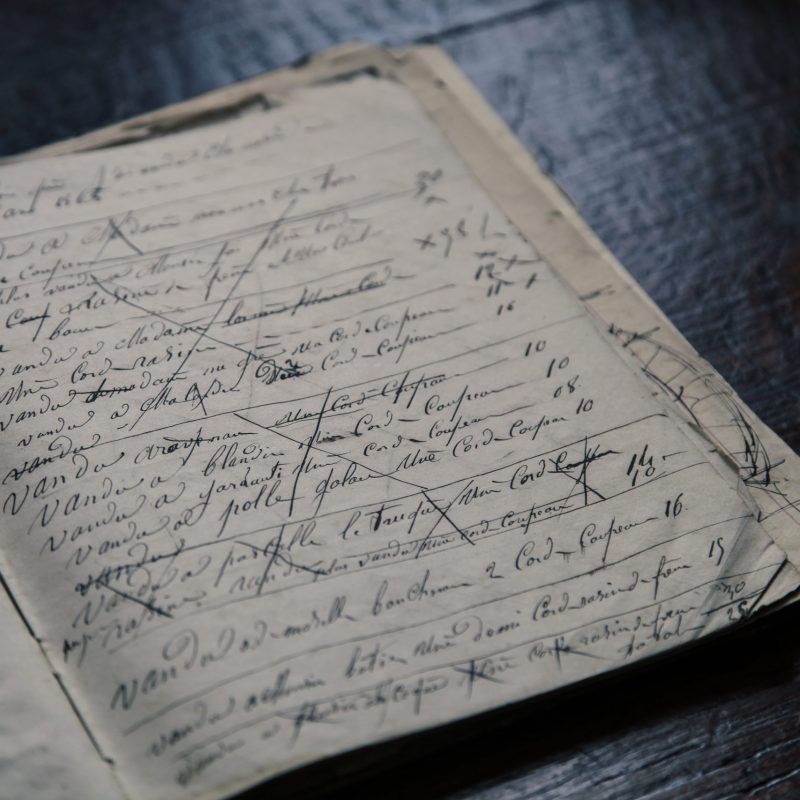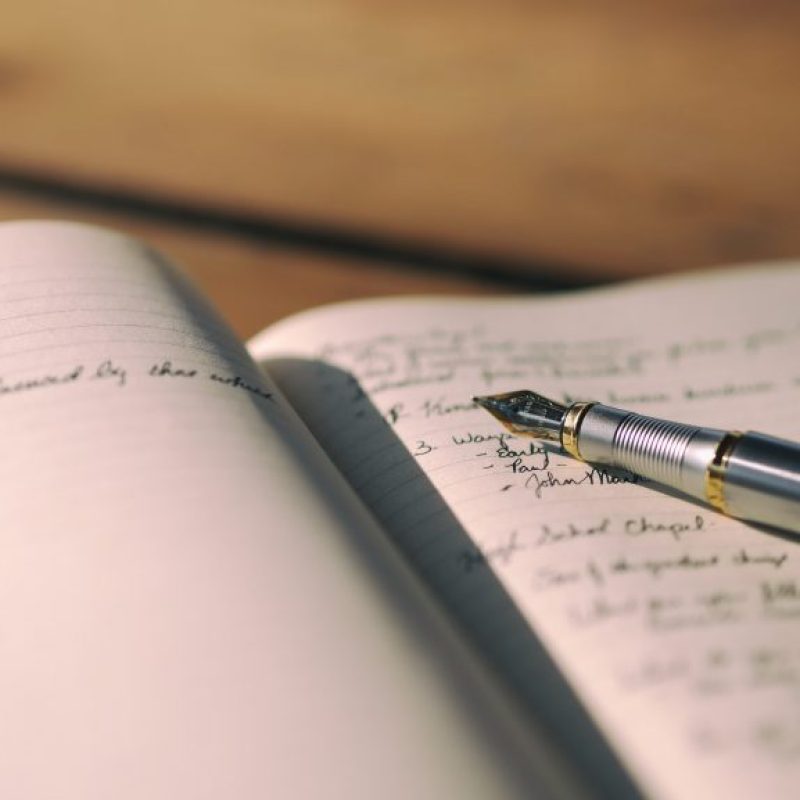![]()
LINE EDITING
A line edit addresses the creative content, writing style, and language use at the sentence and paragraph level. It focuses on the way an author uses language to communicate the story to the reader. Editors analyze whether the words chosen by the author are the best choice for conveying the intended message.
Editors will help adjust the language by audience and make sure everything makes sense, has believable dialogue, and a plausible plotline.
Line editing concentrates on word choice, rhythm, syntax, and the overall strength of each sentence. It helps authors keep their sentences powerful and concise, checking each sentence for wordiness and ensuring that unnecessary words are eliminated.


Content Editing
Content editing evaluates the overall formatting, style, and content of a book in order to optimize visual design and comprehensibility. The editor will focus on consistency and accuracy of content on top of performing a more detailed line edit, which will check the grammar, spelling, punctuation, syntax, and word-choice errors.
Developmental Editing
This type of editing is a thorough and intensive edit of an entire manuscript. Developmental editors are concerned with the structure and content of the book. If a manuscript lacks focus, the editor will help find the right direction—the right direction generally being the most marketable.
Developmental editing addresses various story element issues like plot holes, poor character development, confusing dialogue, sentence phrasing, and any other issues that arise in relation to story elements.
